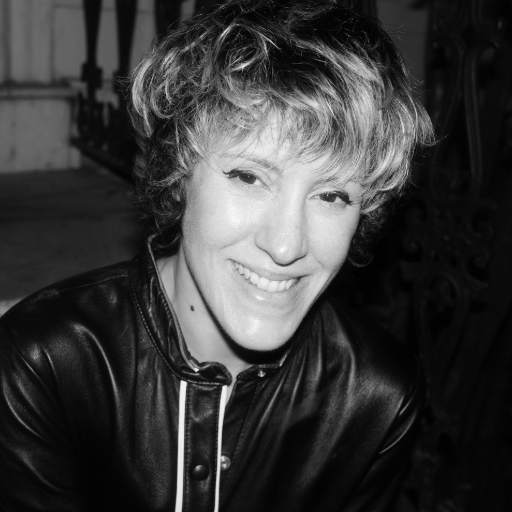#Country Session. Brazil
Brazil's fashion industry is one of the largest in Latin America, with a turnover of over $56 billion per year and a share of 5% of the country's GDP. The sector employs more than 1.7 million people, and exports of textiles and ready-to-wear bring in $7.5 billion annually. Brazilian designers such as Osklen, Alexandre Herchcovitch, and PatBO are known for their bold colors, eco-friendly materials, and ethnic motifs, gaining recognition at the São Paulo Fashion Week (SPFW) and abroad. A special trend is sustainable fashion: 42% of local brands are introducing recycled fabrics, and the demand for eco-collections has grown by 30% over the past 3 years. However, the industry is facing challenges: high taxes, competition with Asia, and infrastructure difficulties are slowing global expansion. Nevertheless, Brazil's creativity and cultural heritage continue to inspire the global fashion scene.
- What are the points of intersection and potential for cooperation between the Brazilian and Russian fashion industries in the current economic environment?
- Localization vs globalization: do collections need to be adapted to local preferences?
- Partnership models: cooperation with local distributors, e-commerce platforms and multi-brand retailers
- Mutual interest: which Brazilian brands may be in demand in Russia, and vice versa?
- What are the key trends in Brazilian fashion that are currently most promising for the global market?
- What strategies help local designers gain an audience in Europe, the United States, and Asia?
- How do fashion brands support local communities (artisans, indigenous peoples)?
- How do Brazilian culture, nature, and multinational heritage influence local design?
Speakers
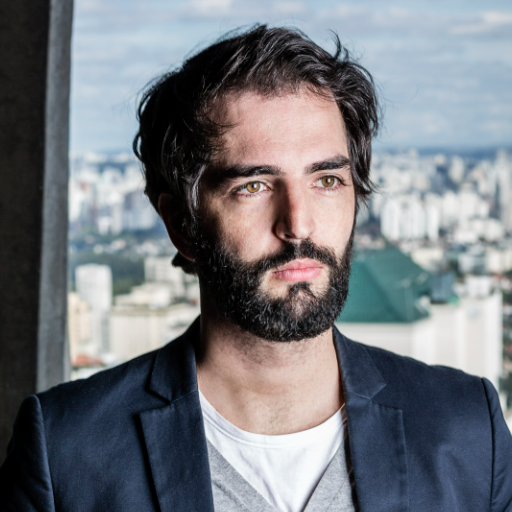

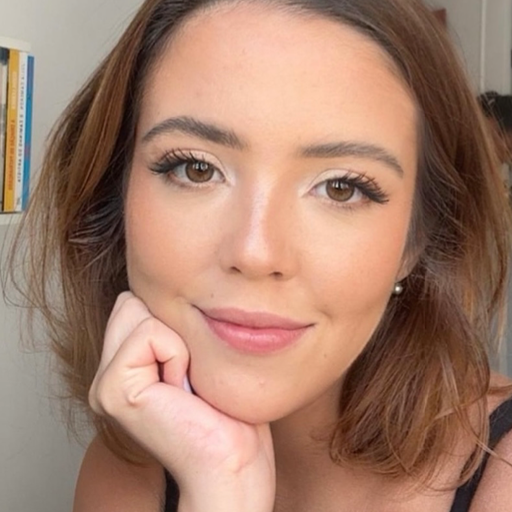
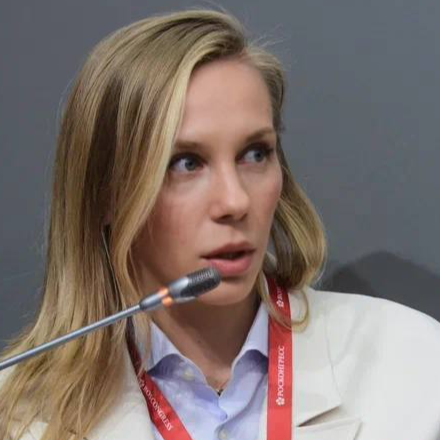
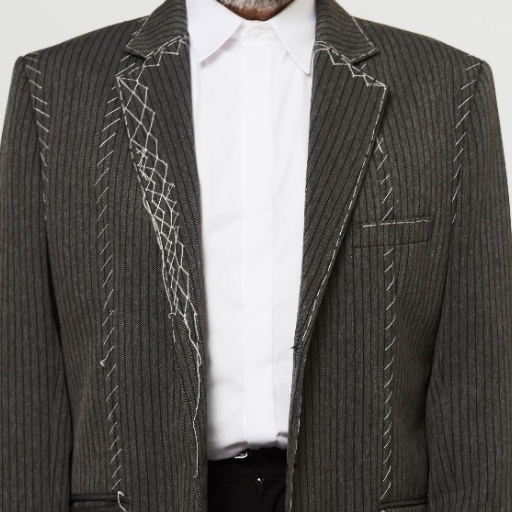
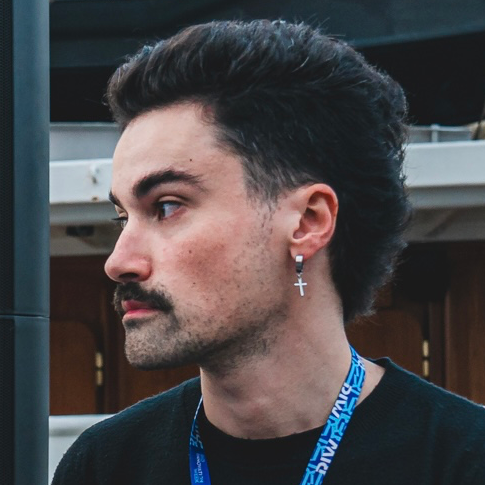
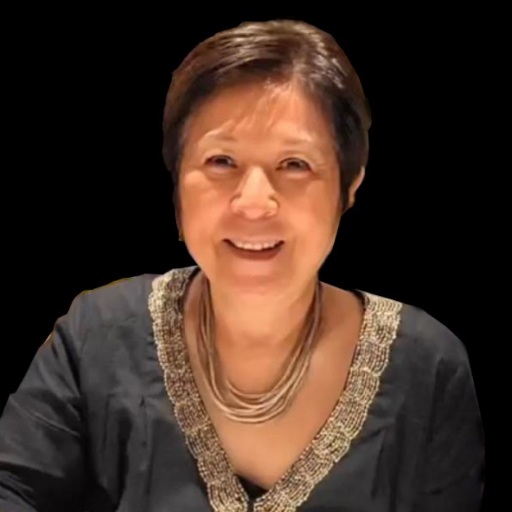
Moderator
